Gaspard Monge
Count of Pelusium, Grand Officer of the Légion d'Honneur
Pronunciation:
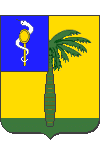
Gaspard Monge was born on May 9, 1746 in Beaune (his birthplace is at no. 5 in the street that now bears his name), into a middle-class family.
After studying at the Collège de Beaune and the Collège de la Trinité in Lyon, he began teaching physics at the age of seventeen.
Within a few years, he became one of the most prominent mathematicians in the kingdom (publishing memoirs at the Académie des Sciences in fields as diverse as the calculus of variations, infinitesimal geometry, the theory of partial differential equations and combinatorics), and also took an interest in physics, chemistry and metallurgy.
The French Revolution saw him become involved in politics. A member of the Jacobin Club from 1790, he was one of the six members of the provisional executive council on August 10, 1792, and held the post of Minister of the Navy, a position he retained into the early years of the First Republic.
Along with Nicolas de Condorcet, Pierre-Simon Laplace, Joseph-Louis Lagrange and Jean-Charles de Borda, he was a member of the Central Commission that developed a system for unifying weights and measures: the decimal system. He was also one of the promoters of the Republican Calendar.
He was also involved in the creation of the École normale supérieure and the École polytechnique, and taught geometry at both schools.
As a member of the Science and Arts Commission during the first Italian campaign (1796 - 1797), he met General Napoleon Bonaparte. From that day on, his admiration and friendship for Napoleon were boundless, and he was naturally assigned to the Egyptian campaign (1798 - 1799).
A member of the Conservative Senate (one of the three legislative assemblies under the Consulate and Empire) after the 18 Brumaire, he presided over this assembly from May 1806 to July 1807. For his devotion to the Emperor, he was named Grand Officer of the Legion of Honor and ennobled (created Count of Pelusium).
Disgraced during the Restoration, he suffered several strokes and died in Paris on July 28, 1818.
"Gaspard Monge, Count of Pelusium" by Jean-Baptiste Mauzaisse (Corbeil 1784 - Paris 1844).
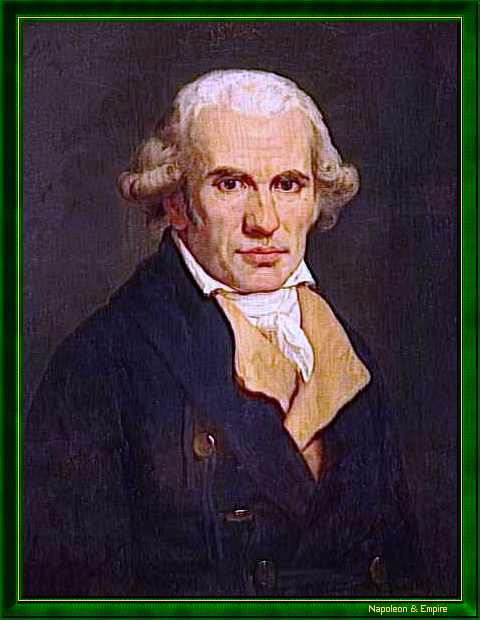
Gaspard Monge's imposing tomb is located in the Père-Lachaise cemetery in Paris, division 18 . In December 1989 , his ashes were transferred to the Panthéon , in vault VII, on the occasion of the bicentenary of the French Revolution.
In 1990, the French Postal Service released a 2.50 Franc stamp bearing the image of Gaspard Monge .
Freemasonry: In 1779, Gaspard Monge was the Speaker of the "L'Union Parfaite du Corps du Génie" where he had been initiated, then a member, among others, of the military lodge "L'Union parfaite", of Mézières.A bronze statue in Place Monge, in the heart of Beaune, honors the memory of this native of the city.
A square and a street in Paris bear his name, as does a crater on the Moon.
Address
7-9, Rue Bonaparte. Paris VIème arrondissement
This is where Gaspard Monge lived in 1803.3, Rue Neuve Belle-Chasse. Paris VIème arrondissement
The current number 31 rue Bellechasse is the address of the Count of Pelusium in 1811. He died there in 1818.Other portraits
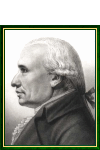
"Gaspard Monge", nineteenth century print.
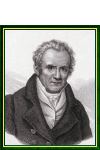
"Gaspard Monge, Count of Pelusium". Engraving by François-Séraphin Delpech (Chaillot 1778 - Paris 1825).
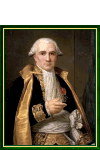
"Gaspard Monge, Count of Pelusium, President of the Senate", by Naigeon Elzidor (Paris 1797 - Paris 1867).